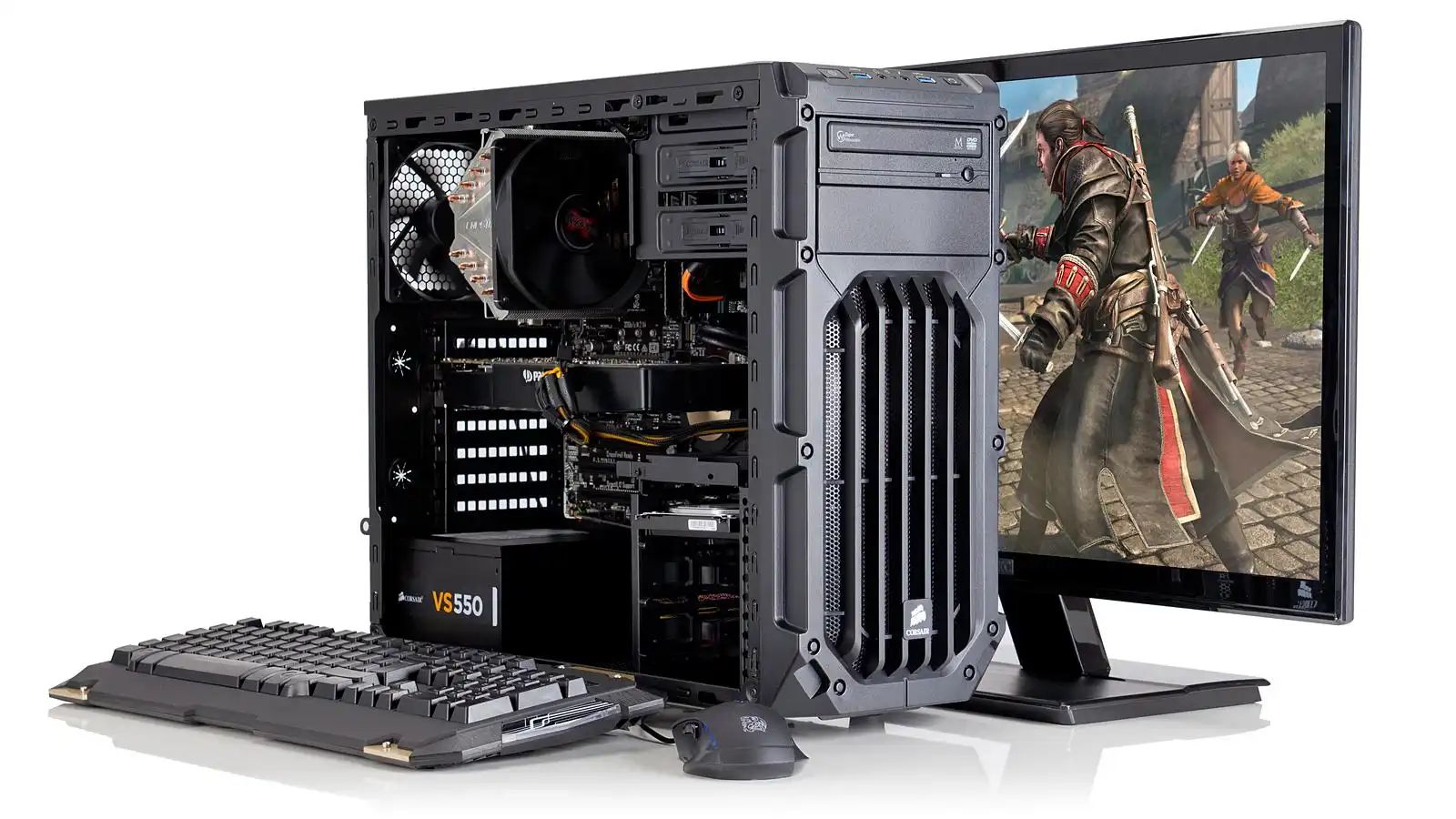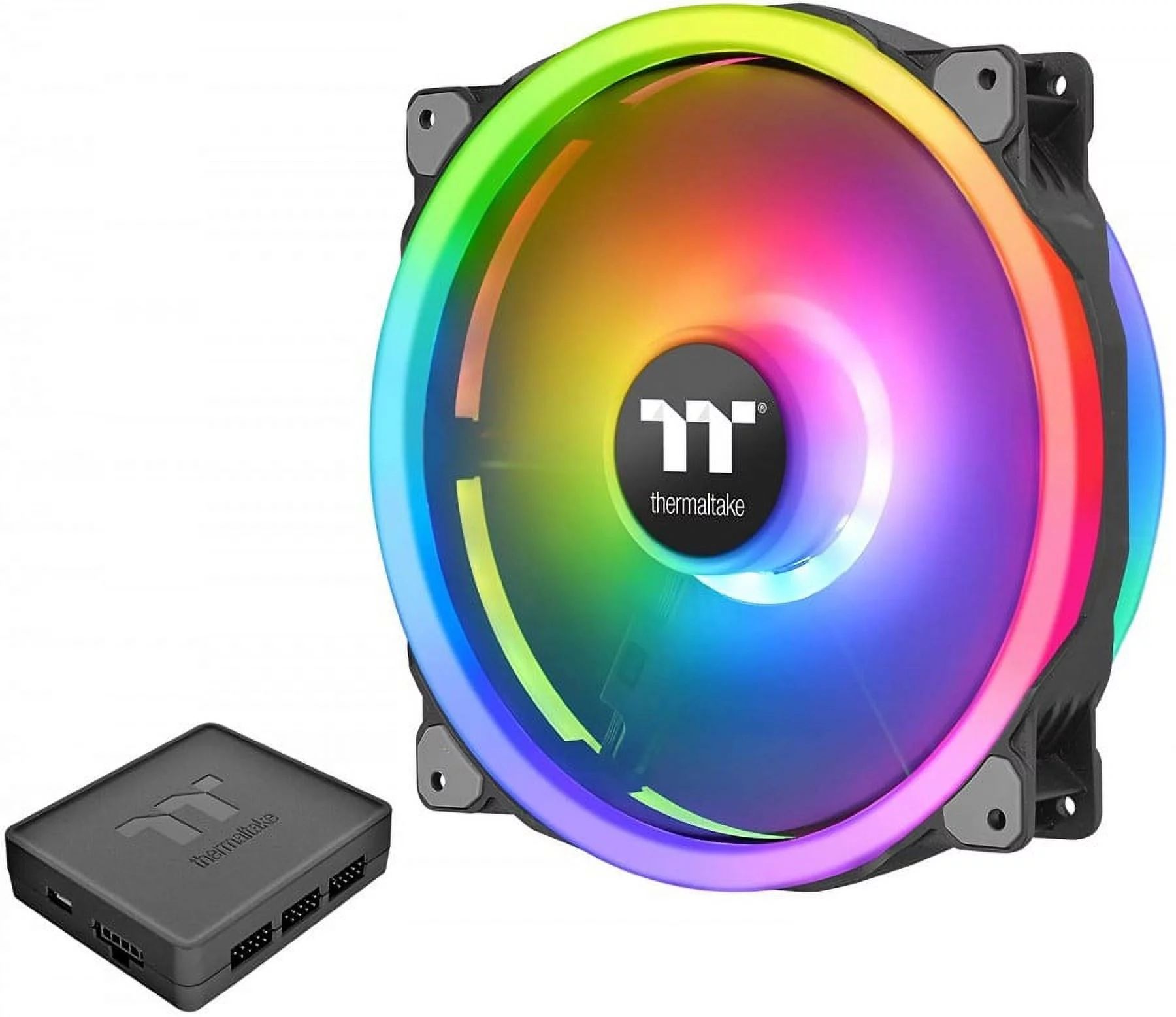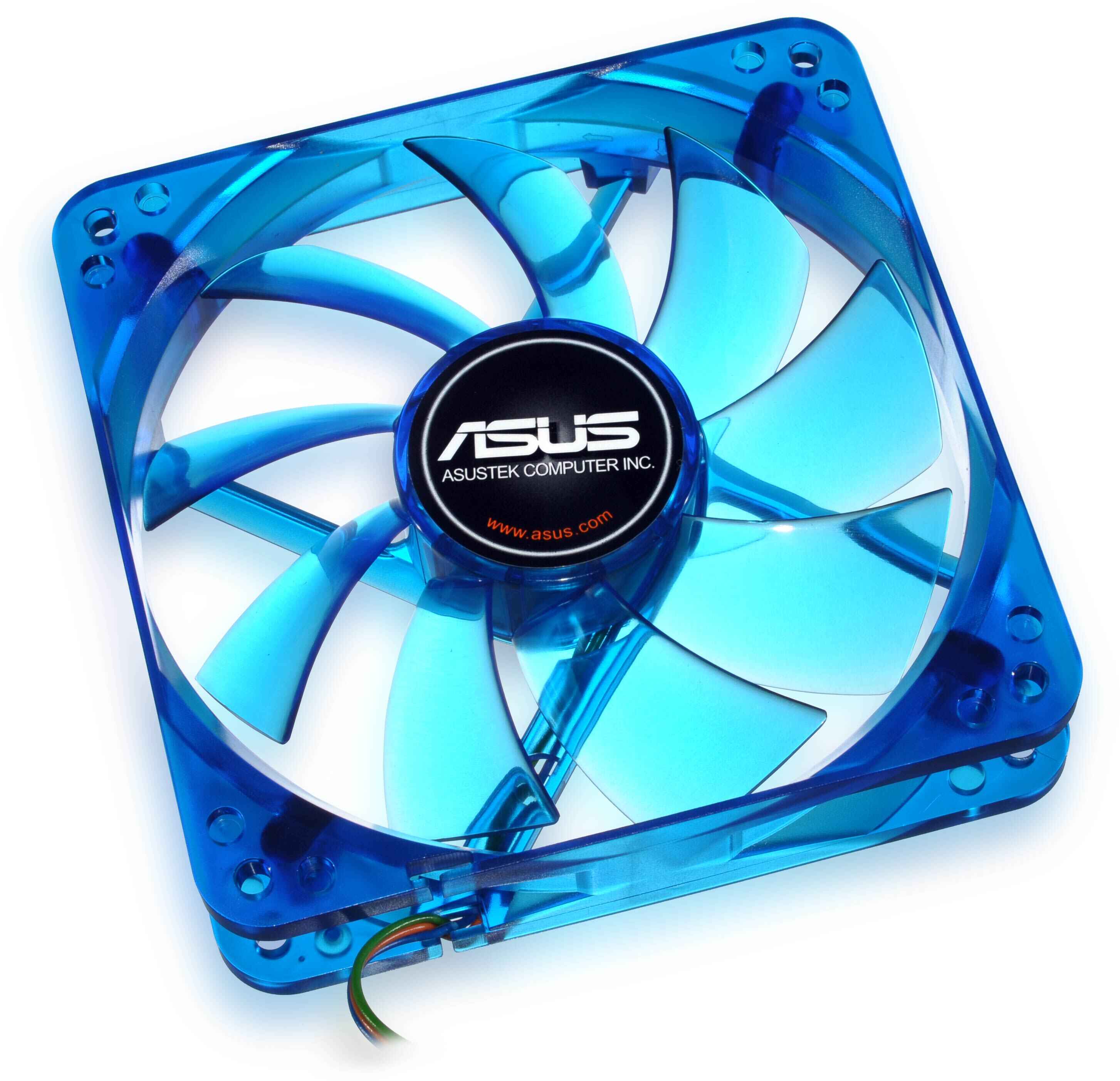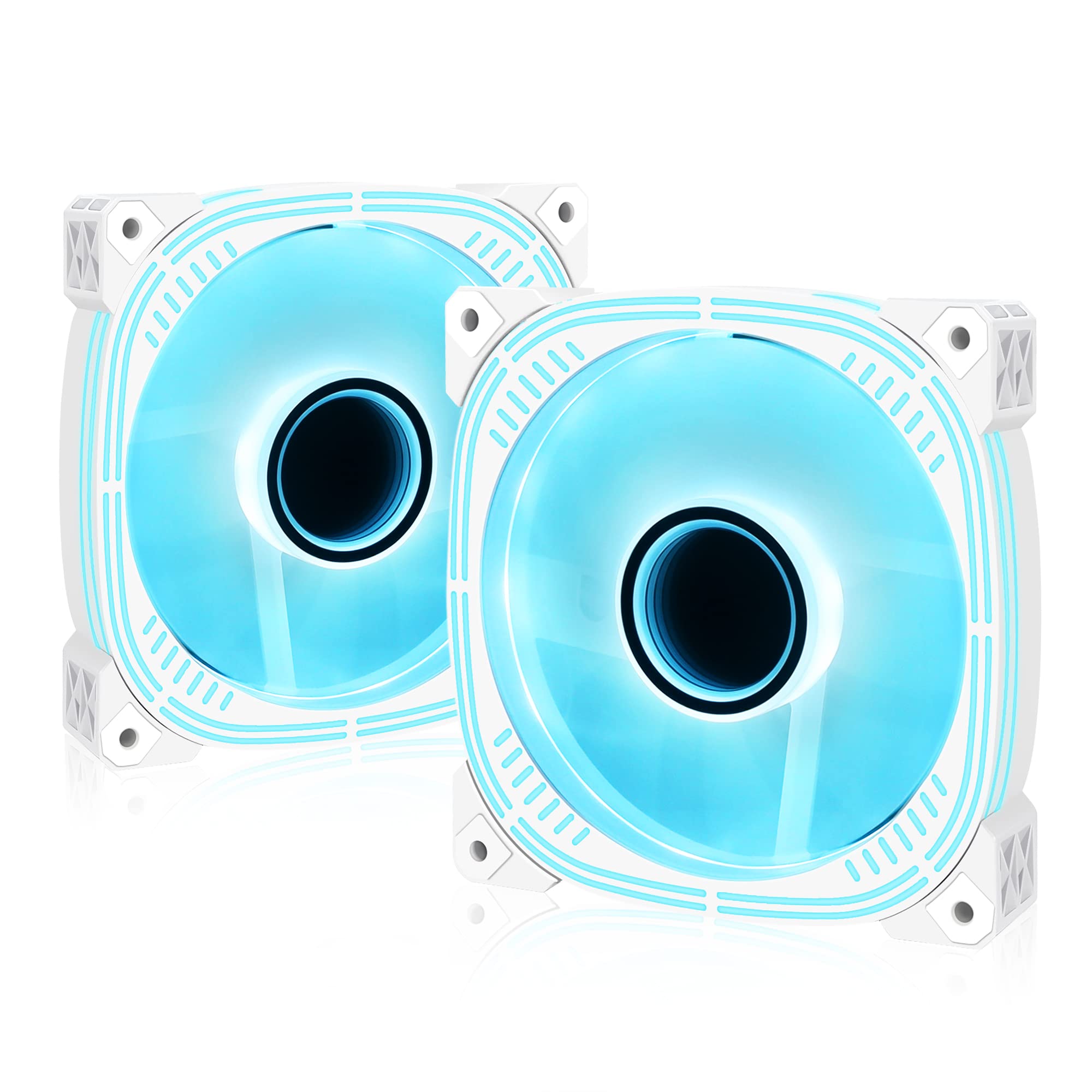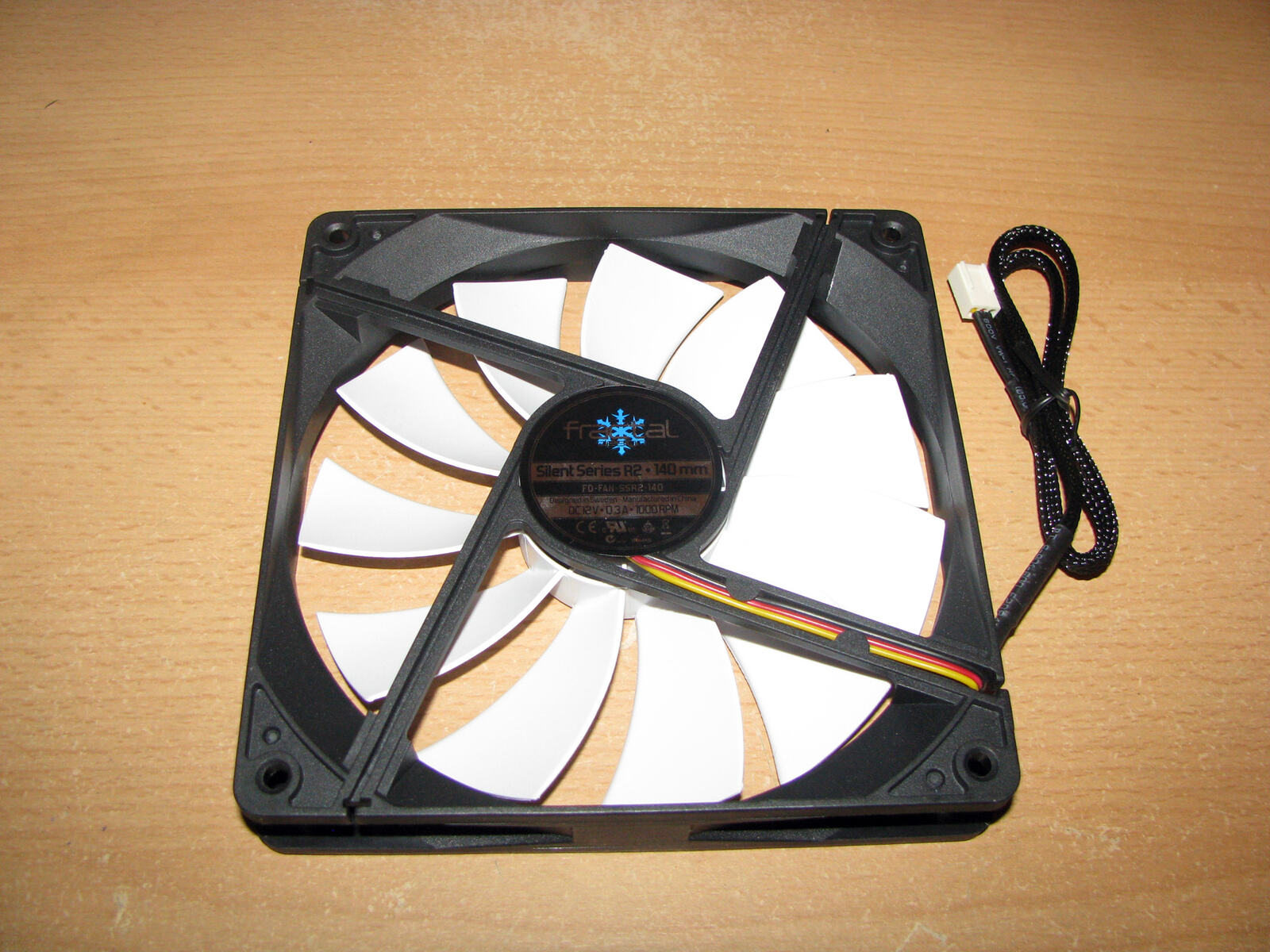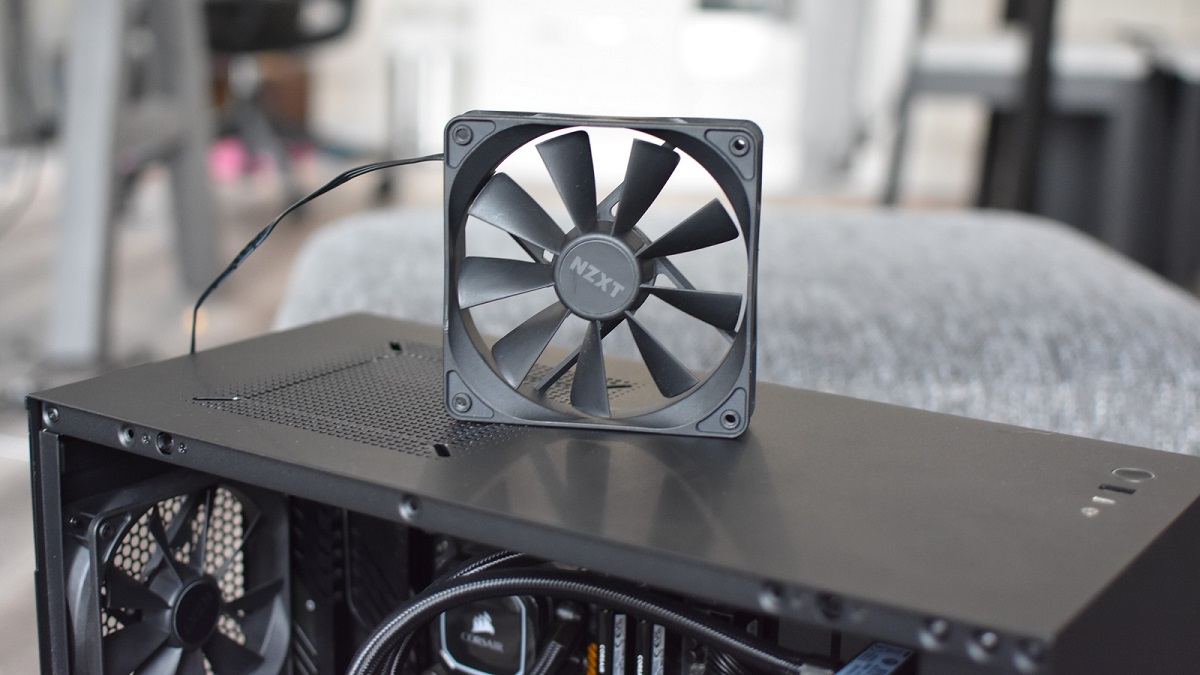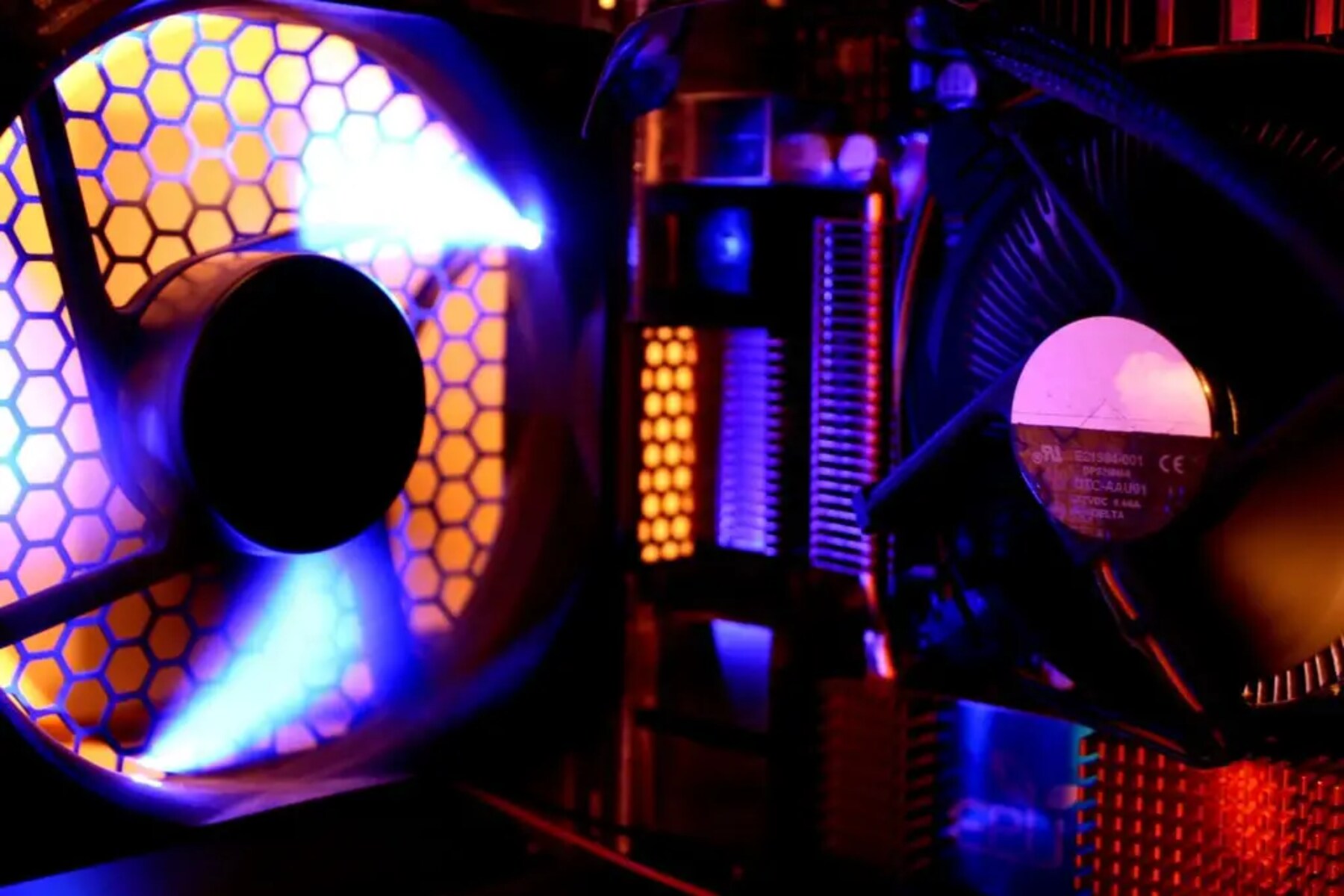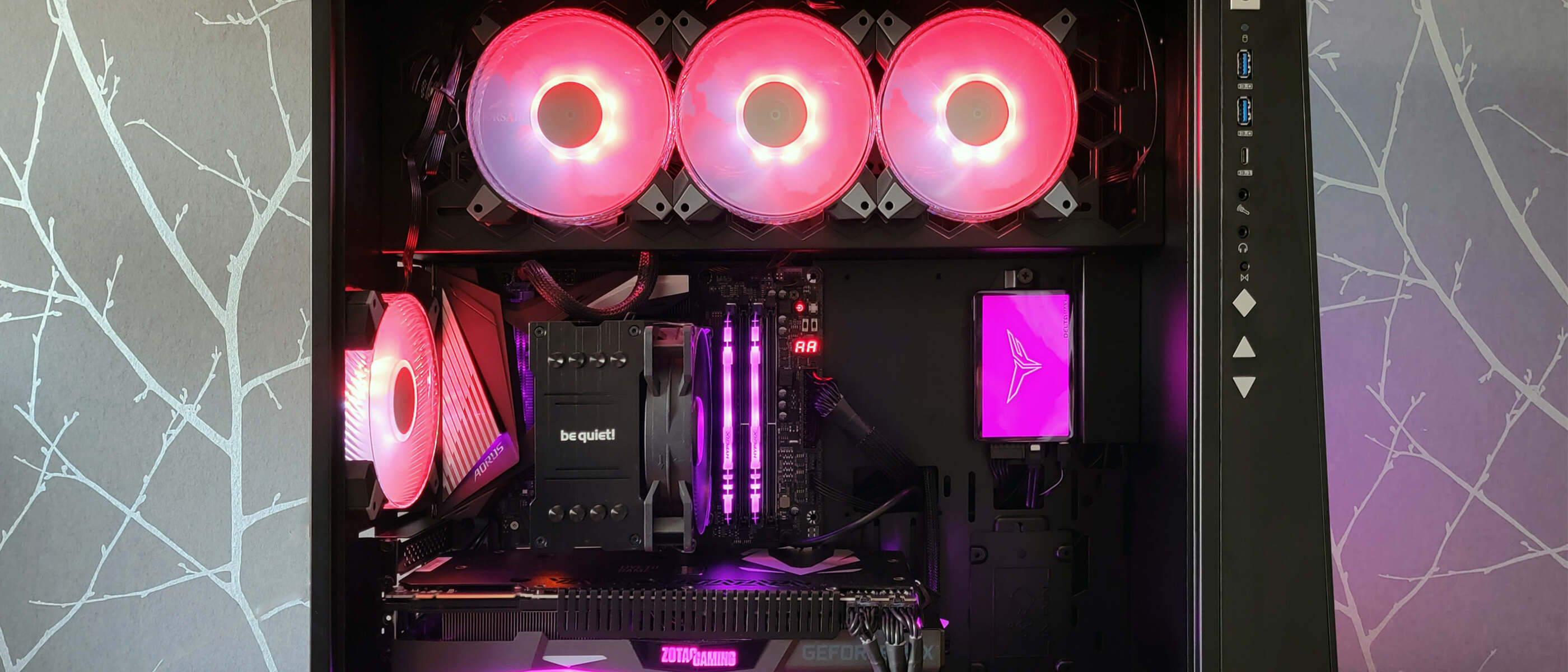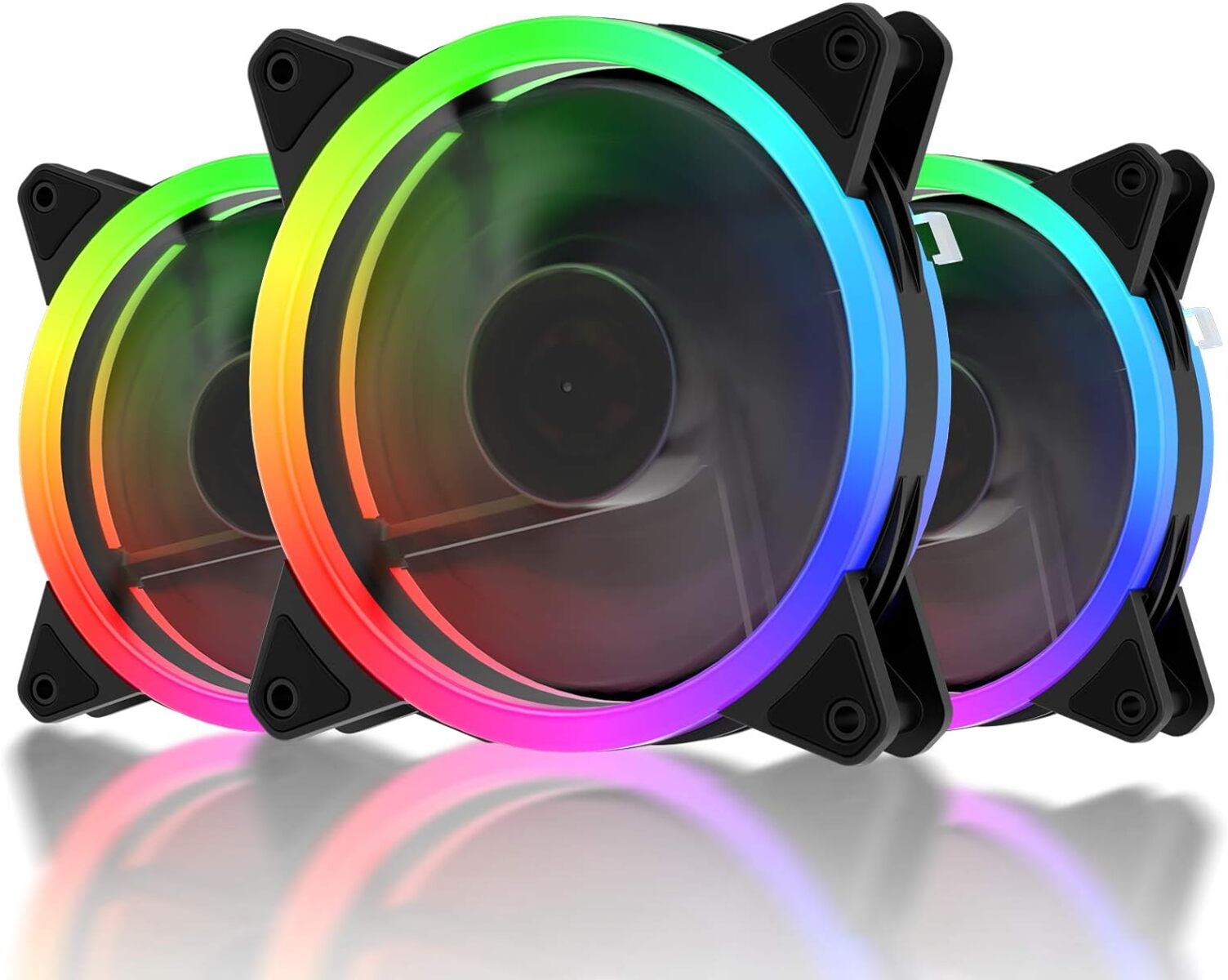Introduction
Welcome to the world of silent computing! If you’re tired of the constant hum of your PC case and want to transform it into a quiet oasis, you’ve come to the right place. A noisy PC can be a major distraction, affecting your focus and productivity. Luckily, with some simple modifications and smart choices, you can make your PC case silent and enjoy a peaceful computing experience.
When it comes to reducing noise in your PC case, there are several factors to consider. The choice of your PC case, cooling solutions, fans, and even cable management can all contribute to noise levels. By addressing these areas, you’ll minimize the amount of noise produced by your system and create a more serene working environment.
In this article, we’ll explore various methods and strategies to make your PC case quieter. From choosing the right case and optimizing cooling to installing quiet fans and sound-dampening materials, we’ll cover everything you need to know to achieve a whisper-quiet PC. Whether you’re a professional seeking a silent workstation or a gaming enthusiast aiming for a stealthy gaming rig, these tips will help you achieve your goal.
Before we dive into the details, it’s important to note that optimizing your PC for silence may slightly impact its overall performance. While the reduction in noise will greatly enhance your computing experience, it’s crucial to strike a balance between noise reduction and proper cooling to ensure your components stay within safe operating temperatures.
Now, let’s embark on our journey towards creating a silent PC case. By implementing the steps and techniques outlined in this guide, you’ll be well on your way to enjoying a peaceful and serene computing experience. So, let’s get started!
Choose the Right PC Case
When it comes to making your PC case silent, it all begins with choosing the right case. The right PC case can have a significant impact on noise reduction. Here’s what to consider:
Size and Layout: Opt for a larger case with ample space to accommodate your components. A bigger case allows for better airflow and easier cable management, which can help reduce noise. Additionally, consider a case with a well-thought-out layout that separates the power supply, hard drives, and fans from the main components to minimize noise interference.
Materials and Construction: Look for cases made from sound-dampening materials, such as steel or aluminum, which can absorb and reduce noise vibrations. Cases with thick panels and rubber grommets can also help dampen vibrations and prevent noise leakage.
Ventilation: Choose a case with efficient airflow and adequate ventilation options. Good ventilation helps dissipate heat more effectively, reducing the need for fans to work harder and generate more noise. Look out for cases with mesh panels, vents, and fan mounts that allow for optimal airflow.
Tool-less Design: Consider a case with a tool-less design that makes installing and removing components a breeze. This not only simplifies the build process but also eliminates the noise and hassle of screwing everything in place.
Cable Management: Cable clutter can obstruct airflow and contribute to increased noise levels. Opt for a case with built-in cable management features, such as routing holes and Velcro straps, which allow you to keep cables tidy and organized. This promotes better airflow and reduces the chances of cables interfering with fans or other components.
By selecting a PC case that prioritizes noise reduction without compromising on functionality and performance, you’ll be well on your way to creating a silent PC case. Remember, the right case sets the foundation for a quiet computing experience.
Optimize Cooling
Adequate cooling is essential not only for the efficient functioning of your PC components but also for reducing noise. High temperatures can cause fans to run at higher speeds, increasing noise levels. To optimize cooling and minimize noise, consider the following:
Case Fans: Ensure your case has sufficient fans to provide efficient airflow. Well-placed fans can help distribute cool air and expel hot air, reducing the need for fans to operate at maximum speeds. Aim for a balanced fan configuration that promotes optimal airflow through the case.
Fan Configuration: Strategically position fans to create positive pressure inside the case. This means having more intake fans than exhaust fans, which helps prevent dust from entering through unfiltered gaps and reduces noise from air turbulence. Additionally, consider the use of fan filters to reduce dust accumulation.
Dust Management: Regularly clean the dust accumulated on your fans, vents, and heat sinks. Dust build-up can impede airflow and cause fans to work harder, leading to increased noise levels. By keeping your components clean, you can ensure efficient cooling and lower noise generation.
Optimal Fan Speeds: Adjust fan speeds according to the temperature of your components. Most modern motherboards have built-in fan control options that allow you to set fan curves based on temperature thresholds. By keeping fans running at optimal speeds, you can strike a balance between effective cooling and noise reduction.
Cooling Efficiency: Consider upgrading your CPU cooler and adding additional cooling solutions, such as aftermarket CPU air coolers or all-in-one liquid coolers. These solutions can provide better heat dissipation, allowing fans to run at lower speeds and minimizing noise output.
Monitor Temperatures: Install software tools to monitor your CPU and GPU temperatures. Keeping an eye on temperatures will help you identify any cooling issues and take necessary steps to address them. Maintaining optimal temperatures will not only reduce noise but also extend the lifespan of your components.
By optimizing cooling in your PC case, you can effectively lower noise levels. Remember to strike a balance between cooling performance and noise reduction by choosing the right fan configuration and adjusting fan speeds accordingly.
Install Quiet Fans
One of the most effective ways to make your PC case silent is by replacing noisy fans with quiet ones. Traditional fans can produce significant noise due to high RPMs and inefficient blade designs. To reduce noise while maintaining good airflow, consider the following options:
Noise-Optimized Fans: Look for fans that are specifically designed for silent operation. These fans often feature low-noise bearings, specialized blade designs, and rubberized mounts to minimize vibrations and noise generation. Brands like Noctua, be quiet!, and Corsair offer a wide range of silent fans renowned for their excellent performance and quiet operation.
Fan Sizes and Compatibility: Ensure that the fans you choose are compatible with your case and components. Common fan sizes include 120mm and 140mm, but smaller or larger options are also available. Measure the available clearance in your case and check the specifications of your motherboard or fan mounts to ensure proper fitment.
Fan Speed Control: Opt for fans that come with built-in speed control features or PWM (Pulse Width Modulation) support. These allow you to adjust the fan speed within a specified range, allowing for better noise control. Controlling fan speeds based on temperature or utilizing fan control software can help strike a balance between cooling performance and noise reduction.
Replace GPU Fans: Graphics cards are known for their noise output, especially when running demanding games or applications. If your GPU’s fans are particularly noisy, consider replacing them with aftermarket cooling solutions or investing in models with specialized cooling systems, such as those with large heatsinks and multiple quiet fans.
Install Anti-Vibration Mounts: Reduce vibrations and further minimize noise by installing anti-vibration mounts for your fans. These mounts absorb vibrations and prevent them from transferring to the case, reducing noise and preventing potential rattling sounds.
Regular Maintenance: Keep your fans clean and free from dust accumulation. Dust build-up can obstruct airflow and cause fans to work harder, leading to increased noise. Regularly remove dust from fan blades and check fan bearings for any signs of wear or damage.
By replacing noisy fans with quiet ones, you can greatly reduce noise levels in your PC case. Consider investing in high-quality, silent fan options and ensure proper installation and maintenance for optimal noise reduction and airflow.
Replace Stock CPU Cooler
One of the main contributors to noise in a PC case is the stock CPU cooler that often comes bundled with the processor. These coolers may prioritize affordability and basic cooling performance, but they can generate considerable noise. By replacing the stock CPU cooler, you can significantly reduce noise levels. Here’s what you need to know:
Aftermarket CPU Coolers: Invest in an aftermarket CPU cooler specifically designed for quiet operation. These coolers utilize larger heatsinks, more efficient heat pipes, and low-noise fans to dissipate heat effectively without generating excessive noise. Popular options include air coolers from Noctua, be quiet!, and Cooler Master, as well as all-in-one liquid coolers from Corsair, NZXT, and Cooler Master.
Fan Size and Noise Levels: Consider the size of the fan(s) on the CPU cooler. Larger fans tend to generate less noise while maintaining sufficient airflow. Look for coolers with larger heatsinks and fan diameters, such as 120mm or 140mm. Additionally, check the noise levels specified by the manufacturer to ensure a quiet cooling solution.
Installation and Compatibility: Ensure that the aftermarket CPU cooler you choose is compatible with your motherboard socket and case clearance. Consult the manufacturer’s specifications or use compatibility tools provided on their websites. Be mindful of the height and dimensions of the cooler to avoid any conflicts with RAM modules or case components.
Thermal Conductivity: Look for CPU coolers that use high-quality thermal compound or thermal pads for efficient heat transfer between the CPU and the cooler’s baseplate. Improved thermal conductivity ensures that the cooler can effectively dissipate heat, reducing the need for fans to operate at higher speeds and minimizing noise output.
Fan Control: Consider coolers with built-in fan control features or PWM support. This allows you to adjust the fan speed based on CPU temperature, providing better noise control. Additionally, utilizing fan control software provided by your motherboard’s manufacturer can help fine-tune fan speeds and strike a balance between cooling performance and noise reduction.
Regular Maintenance: Just like any other component, CPU coolers require regular maintenance. Dust accumulation on the heatsink and fan blades can impede airflow and cause the fan to work harder, increasing noise levels. Keep your CPU cooler clean by regularly removing dust and ensuring proper airflow.
By replacing the stock CPU cooler with a high-quality aftermarket solution, you can significantly reduce noise levels in your PC case while improving cooling performance. Choose a cooler that fits your requirements and budget, and enjoy a quieter and more efficient computing experience.
Add Sound Dampening Material
To further reduce noise in your PC case, consider adding sound dampening materials. These materials are designed to absorb and isolate noise vibrations, preventing them from escaping the case. Here’s how you can effectively utilize sound dampening materials:
Acoustic Foam: Acoustic foam panels are commonly used to absorb sound waves and reduce noise reflections inside the case. By attaching foam panels to the interior surfaces of the case, you can minimize noise bouncing off the walls and contribute to a quieter environment. Pay attention to areas with large flat surfaces, such as the side panels and top covers.
Silicone or Rubber Washers: Vibrations can cause noise, especially when components like fans or hard drives are in contact with the case. By using silicone or rubber washers and grommets, you can isolate these components from the case, effectively dampening vibrations and reducing noise transmission. These washers can be inserted between the mounting screws or brackets and the component.
Sound-Absorbing Mats: Sound-absorbing mats, such as mass-loaded vinyl (MLV) or specialized foam mats, can be applied to the interior surfaces of the case. These mats help absorb noise and prevent it from escaping. They are particularly effective at reducing vibrations and noise generated by spinning hard drives or power supply units.
Sealing Gaps and Vents: Use foam tape or rubber gaskets to seal gaps and vents in the case. This prevents noise leakage and helps maintain optimal airflow. Pay attention to areas with potential noise escape points, such as the edges of side panels, expansion slots, and cable routing holes.
Anti-Vibration Mounts: In addition to using anti-vibration mounts for fans, consider using them for hard drives, power supply units, and other components. These mounts help minimize vibrations and noise transmission to the case. Ensure that the anti-vibration mounts are compatible with your specific components and follow the manufacturer’s instructions for installation.
Cable Management: Proper cable management can also contribute to noise reduction. Well-organized cables prevent them from obstructing airflow and coming into contact with fans or other components, which can cause vibrations and noise. Use cable ties, Velcro straps, or cable routing features in your case to keep cables neat and tidy.
By incorporating sound dampening materials strategically, you can significantly reduce noise inside your PC case. Experiment with different placements and materials to find the optimal configuration that suits your needs and provides the desired noise reduction.
Manage Cable Clutter
Managing cable clutter within your PC case is not only essential for neatness and aesthetics but also plays a crucial role in reducing noise. Cable clutter can obstruct airflow, interfere with components like fans, and create vibrations that contribute to increased noise levels. Here are some tips to effectively manage cable clutter:
Cable Routing: Take advantage of cable routing features in your case to guide cables along designated paths. Use cable routing holes, channels, and hooks to keep cables organized and prevent them from obstructing airflow. Group cables together based on their destination, such as power cables, data cables, and fan cables.
Cable Length: Use appropriately-sized cables to avoid excess length. Longer cables can create unnecessary loops and tangles that contribute to clutter. Consider utilizing custom-length cables or cable extensions to keep everything tidy and minimize cable sagging.
Cable Ties and Velcro Straps: Secure cables using cable ties or Velcro straps to keep them bundled and in place. Bundle together cables that run parallel to each other for a neater look. Avoid overtightening the ties to allow for some flexibility and prevent stress on cables.
Cable Combs: Cable combs are useful accessories that help align and organize individual cables, primarily for power supply cables. They ensure cables sit parallel to each other, reducing the chances of cable interference with fans or components. Utilize cable combs to maintain a clean and uniform appearance.
Cable Channels and Shrouds: Some PC cases come with built-in cable channels and shrouds that allow you to hide cables from view. These features not only improve aesthetics but also create a cleaner and more organized interior, reducing the chances of cables interfering with components or airflow.
Modular Power Supply: Consider using a modular power supply unit (PSU) that allows you to detach unused cables. This eliminates the need to manage excessive cables and reduces clutter significantly. With a modular PSU, you only connect the cables you need, resulting in a cleaner and more efficient cable management system.
By implementing effective cable management techniques, you can achieve a clutter-free and well-organized interior in your PC case. This not only enhances airflow and reduces the chances of cable interference but also minimizes vibrations and noise generated by loose or tangled cables.
Consider Liquid Cooling
When aiming for a silent PC case, liquid cooling can be a viable option worth considering. Liquid cooling, also known as water cooling, provides efficient heat dissipation while keeping noise levels to a minimum. Here’s why you should consider liquid cooling:
CPU and GPU Cooling: Liquid cooling systems are commonly used to cool CPUs and GPUs, the two main heat-generating components in a PC. These systems utilize a combination of a water block and radiator to cool the components, offering better thermal performance than traditional air cooling. By keeping temperatures low, fans can operate at lower speeds, resulting in reduced noise output.
Quieter Operation: Liquid cooling systems utilize larger radiators and fans that can move more air while remaining silent. The larger surface area of the radiator allows for better heat dissipation and reduces the need for fans to operate at high RPMs. With liquid cooling, you can enjoy a quieter computing experience, even under heavy loads.
Improved Aesthetics: Liquid cooling setups often feature transparent tubing and colorful coolant, making them visually appealing. Custom liquid cooling loops can be a great way to showcase your PC build and create a visually stunning system. Additionally, some all-in-one liquid coolers come with RGB lighting options, allowing you to enhance the aesthetics of your case.
Overclocking Potential: If you’re interested in overclocking your CPU or GPU for improved performance, liquid cooling provides superior thermal dissipation compared to air cooling. By keeping temperatures low and stable, you can achieve higher clock speeds without the risk of overheating, allowing for increased performance without sacrificing silence.
AIO or Custom Loop: Liquid cooling options come in two main forms: All-in-One (AIO) coolers and custom loops. AIO coolers offer a simplified installation process with a pre-filled closed-loop system and a combination of a water block and radiator. Custom loops, on the other hand, provide optimal performance and customization options by allowing you to choose specific components and design your own loop. Both options offer effective cooling and lower noise levels.
Considerations: While liquid cooling offers numerous benefits, it’s important to note that it requires proper installation and maintenance. Ensure that your case has enough space for the radiator and fans. Regularly inspect and clean the radiator to avoid build-up that can degrade performance. Additionally, be cautious of potential leaks and ensure proper fittings and tubing management to minimize any risks.
By considering liquid cooling, you can achieve excellent cooling performance, lower noise levels, and an aesthetically pleasing PC case. Whether you opt for an AIO cooler or embark on a custom loop adventure, liquid cooling can be an effective and efficient solution for a quiet and efficient PC build.
Maintain Your PC Case
Maintaining your PC case is essential not only for its longevity but also for ensuring optimal performance and reducing noise levels. Regular upkeep will help keep components clean, prevent dust build-up, and address any potential issues that could lead to increased noise. Here are some key maintenance practices to follow:
Clean Components: Dust accumulation on components like fans, heatsinks, and filters can obstruct airflow, causing fans to work harder and generate more noise. Regularly clean these components using compressed air, brushes, or soft cloths. Be gentle and thorough, taking care not to damage delicate parts during the cleaning process.
Replace Thermal Paste: Over time, thermal paste between the CPU and the cooler can dry out or lose its effectiveness, resulting in poor heat transfer and increased temperatures. Replace the thermal paste periodically, following the manufacturer’s recommendations for reapplication. This will ensure proper cooling performance and help prevent the CPU fan from ramping up due to elevated temperatures.
Monitor Fan Performance: Keep an eye on the performance of your fans. If you notice any unusual noises, rattling sounds, or reduced airflow, it may indicate a malfunctioning fan. In such cases, consider replacing the fan promptly to maintain optimal cooling and minimize noise levels.
Check for Loose Components: Regularly inspect your PC case for any loose components, such as cables, expansion cards, or fan brackets. Loose components can vibrate and create additional noise. Tighten screws and connectors as needed to secure everything in place, ensuring a stable and silent PC case.
Monitor System Temperatures: Use software tools to monitor the temperatures of your CPU, GPU, and other components. Elevated temperatures can cause fans to run at higher speeds, increasing noise levels. Address any cooling issues promptly by adjusting fan curves, improving airflow, or upgrading cooling solutions as necessary.
Check for Obstructions: Occasionally check for obstructions in the PC case that may impede airflow. Ensure that cables are properly routed and do not obstruct fans or components. Verify that air vents or filters are clean and unobstructed, allowing for proper intake and exhaust airflow.
Stay Up to Date: Keep your PC’s operating system, drivers, and firmware up to date. Updates often include performance enhancements and bug fixes that can optimize system operation and potentially reduce noise generated by certain components.
By maintaining your PC case, you can optimize its performance, prolong its lifespan, and minimize noise levels. Regular cleaning, monitoring, and addressing potential issues promptly will contribute to a quiet and hassle-free computing experience.
Conclusion
Creating a silent PC case is a worthwhile endeavor for anyone seeking a quiet and immersive computing experience. By implementing the strategies and techniques mentioned in this article, you can significantly reduce noise levels and enjoy a more peaceful environment. Here’s a recap of the key points:
– Choose a PC case that prioritizes noise reduction and provides good ventilation for optimal airflow.
– Optimize cooling by ensuring sufficient fans, proper fan configuration, and regular maintenance.
– Replace the stock CPU cooler with a quiet aftermarket solution to minimize noise from CPU operations.
– Add sound dampening materials to absorb and prevent noise vibrations inside the case.
– Manage cable clutter to promote proper airflow and reduce the chances of cables interfering with components.
– Consider liquid cooling options for improved thermal performance and reduced noise levels.
– Regularly maintain your PC case by cleaning components, replacing thermal paste, and monitoring fan performance.
Remember, achieving a silent PC case requires a balance between noise reduction and maintaining proper cooling. Pay attention to temperatures and ensure that your components are operating within their safe limits to avoid any performance issues.
We hope that this guide has provided you with valuable insights and practical techniques to make your PC case silent. By applying these methods and tailoring them to your specific needs, you can create an environment where the noise from your PC becomes a distant memory, allowing you to fully focus on your tasks or immerse yourself in your favorite games and media.
Enjoy your newfound silence and happy computing!







